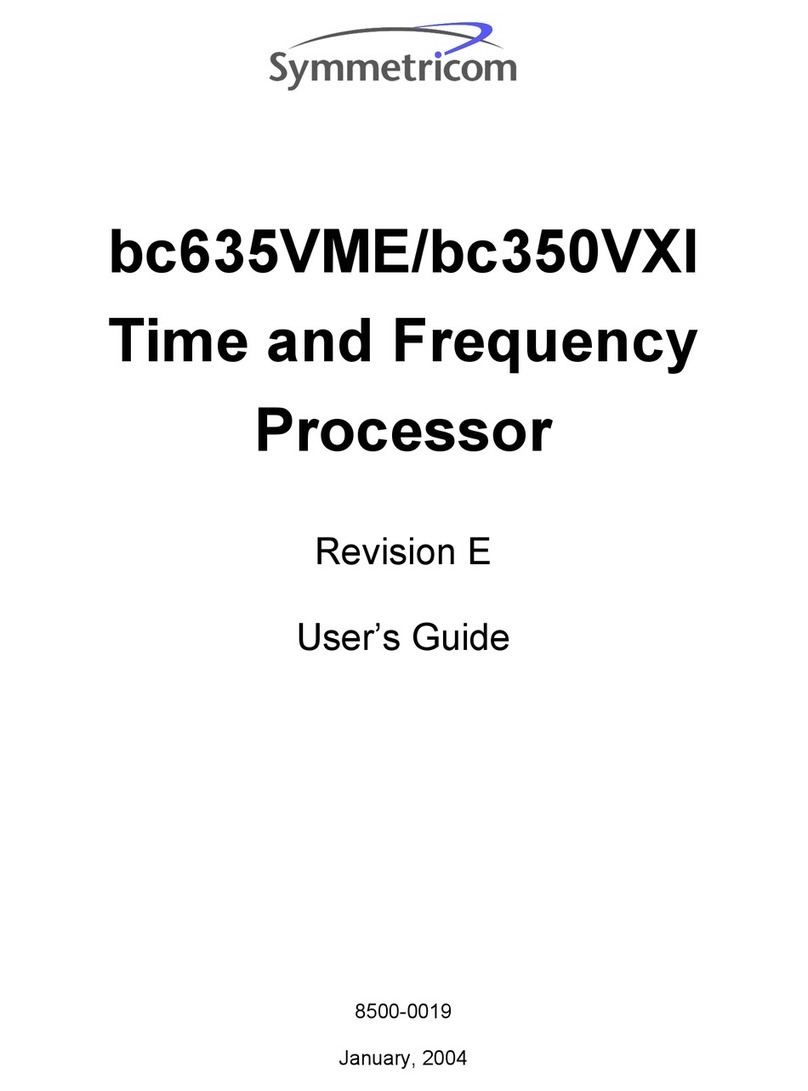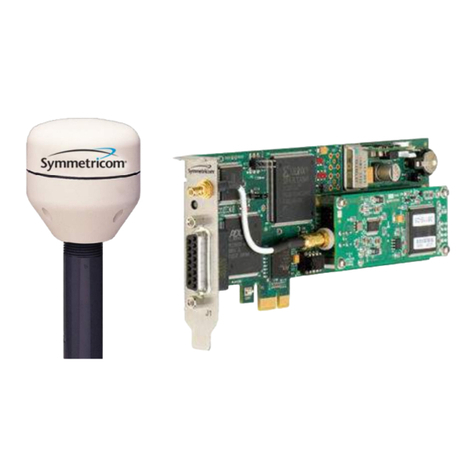
vii
3.5 Programmable Periodic Output (PPO)..............................................................20
3.6 DDS Output.......................................................................................................20
3.6.1 Continuous mode........................................................................................20
3.6.2 Fractional mode..........................................................................................21
3.6.3 Divider Source............................................................................................21
3.6.4 Divider Mode .............................................................................................21
3.6.5 Multiplier Mode .........................................................................................22
3.7 Time Coincidence Strobe Output......................................................................23
3.8 PCI Interrupts....................................................................................................23
3.9 Timing Outputs .................................................................................................23
3.10 Time Code Calibration....................................................................................23
3.11 Calibration Procedure......................................................................................24
3.12 Field Upgrade of Embedded Program.............................................................25
4 Device Registers........................................................................................27
4.1 General..............................................................................................................27
4.2 PCI Memory Map..............................................................................................27
4.3 Device Register Description..............................................................................27
4.3.1 TIMEREQ..................................................................................................28
4.3.2 EVENTREQ...............................................................................................28
4.3.3 UNLOCK...................................................................................................28
4.3.4 CONTROL.................................................................................................28
4.3.5 ACK ...........................................................................................................30
4.3.6 MASK ........................................................................................................30
4.3.7 INTSTAT...................................................................................................30
4.3.8 MINSTRB - MAJSTRB.............................................................................30
4.3.9 TIME0 –TIME1 ........................................................................................31
4.3.10 EVENT0 –EVENT1................................................................................31
4.4 TIME FORMAT ...............................................................................................31
4.4.1 STATUS BITS...........................................................................................32
4.4.2 STATUS: Tracking (Bit 24).......................................................................32
4.4.3 STATUS: Phase (Bit 25)............................................................................33
4.4.4 STATUS: Frequency Offset (Bit 26) .........................................................33
5 Dual-Port RAM Interface............................................................................34
5.1 General..............................................................................................................34
5.1.1 Input Area...................................................................................................34
5.1.2 Output Area................................................................................................34
5.1.3 GPS Area....................................................................................................34
5.1.4 Year Area ...................................................................................................34
5.2 ACK Register....................................................................................................34
5.2.1 ACK Bit 0...................................................................................................34
5.2.2 ACK Bit 2...................................................................................................35
5.2.3 ACK Bit 7...................................................................................................35
5.3 TFP DPRAM Commands..................................................................................35
5.3.1 Command 0x10: Set TFP Timing Mode....................................................38
5.3.2 Command 0x11: Set Time Register Format...............................................38
5.3.3 Command 0x12: Set Major Time...............................................................38
5.3.4 Command 0x13: Set Year..........................................................................39
5.3.5 Command 0x14: Set Periodic Output ........................................................39
5.3.6 Command 0x15: Set Input Time Code Format..........................................40































